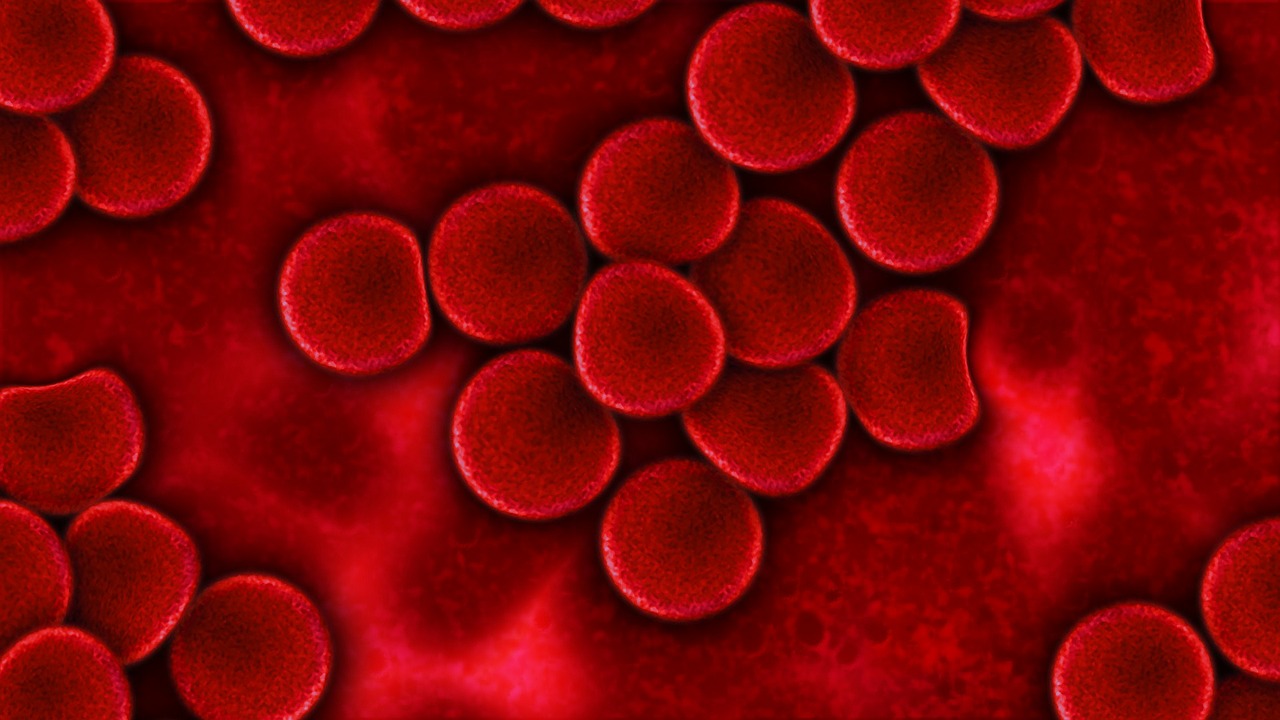Blood clotting 'bullets'
Interview with
Stomach antacids might hold the key to preventing you from bleeding to death!  Researchers at the University of British Columbia have used the same chemicals found in stomach-settling medicines to develop a blood clotting treatment that can force its way into wounds and stop bleeding. Christian Kastrup explained how it works to Sam Mahaffey...
Researchers at the University of British Columbia have used the same chemicals found in stomach-settling medicines to develop a blood clotting treatment that can force its way into wounds and stop bleeding. Christian Kastrup explained how it works to Sam Mahaffey...
Christian - The problem we're trying to treat haemorrhage is when you take something that can clot blood, if you take it and try to topically apply it, the blood flow pushes it out, so pushes it away. And so, it's really hard to clot the blood at the damaged blood vessels. So, it's hard to get that coagulant deep into the wound. And so, what we did is we invented a way to propel therapeutics through flowing blood deep into the wound and halt haemorrhage effectively because it clotted blood at the damaged blood vessels. What we made were propelled particles. The particles are made of carbonate and so, when that hits blood, the carbonate and the acid that it's mixed with, it reacts and releases carbon dioxide gas. It's very similar to antacid tablets. And so, when those particles release carbon dioxide gas, the bubbles push and pull the particles. They send them in all directions including upstream through flowing blood.
Sam - So, if you were to put those on a cut, they might actually fizz. Would you feel them fizzing?
Christian - I think you would feel them fizzing. We can clearly see it. As the fizzing is occurring, the blood is quickly clotting and haemorrhaging stops. But it's interesting in severe wounds, bleeding often reoccurs over time, over a period of a couple of minutes or a couple of hours. When that happens in this case, you can see the agent reactivate and you see additional fizzing and foaming, and then bleeding will halt again.
Sam - So, if the wound was to open up, your treatment would still be working and start fizzing and close it back off again.
Christian - That's right. It will re-fizz and propel the particles again to hold that haemorrhage.
Sam - But are there any problems to having carbon dioxide bubbles inside your body when this is happening?
Christian - Carbon dioxide is a really inert gas. It actually dissolves really easily into blood and it isn't harmful. So in the end, the blood is not more acidic or basic than when it started.
Sam - So, if these fizzing little particles are pushing the treatment all around the wound, could it potentially go to somewhere where you wouldn't want the blood to clot?
Christian - It's definitely a major concern of our throughout the study and to understand how far the particles. We know that the particles can transport through wounds and a couple of millimetres into microvasculature into the blood vessels around wounds. We haven't found particles pass that area, but it's an important question and we're still evaluating that in additional safety studies.
Sam - What have you tested these method of treatment on so far?
Christian - So, we tested it on a variety of small wounds as well as large wounds. So this particular experiment, we used a pig model of severe bleeding. We tested it in a wound that mimics battlefield trauma. There's a severe injury to the femoral artery and this is a very catastrophic bleed that would normally lead to death. But when we applied the propelled particles, it rapidly halted haemorrhage and in those wounds, there was complete survival.
Sam - So, you've only tested it on animals so far. How long will it be before you could be testing in humans?
Christian - So compared to many technologies with nature, we think it's actually a really fast plan towards use in the clinic. All the agents used in this technology have already been used in the clinic. So we think there's about a 3-year timeframe until we're able to begin clinical trials.










Comments
Add a comment